Composting Basics for Eco‑Savvy Landscapers
Soil Health, Supercharged
Compost increases organic matter, feeds soil microbes, and improves water retention and infiltration. Landscapes bounce back faster from stress, roots dig deeper, and plants require fewer inputs. It is the quiet foundation behind resilient, good‑looking plantings clients notice immediately.
Cutting Waste, Cutting Costs
By composting prunings and leaves on or near the job site, you reduce tipping fees, hauling miles, and the need to buy bulk amendments. That means lower overhead, fewer deliveries, and a cleaner environmental footprint your team and clients can be proud of.
Client‑Friendly Sustainability Messaging
Composting provides a simple story: yesterday’s yard waste becomes tomorrow’s soil. Share before‑and‑after photos, quantify diverted waste, and add a compost badge to proposals. Invite clients to follow the process and celebrate the first spread of finished, earthy compost together.
Ingredients: Greens, Browns, and the Perfect Balance
Greens are nitrogen‑rich materials like fresh grass clippings, coffee grounds, and soft plant trimmings. They jump‑start microbial growth. Avoid meat or oily scraps on professional sites. Chop or shred greens to speed breakdown and distribute moisture evenly through the pile body.
Systems That Scale: From Backyard Piles to Job‑Site Bins
For larger sites, windrows offer simplicity and volume capacity. Build long, low mounds that are easy to turn with a pitchfork or compact loader. Mark lanes, maintain width and height, and track dates with tags so turning and curing stay on schedule all season.
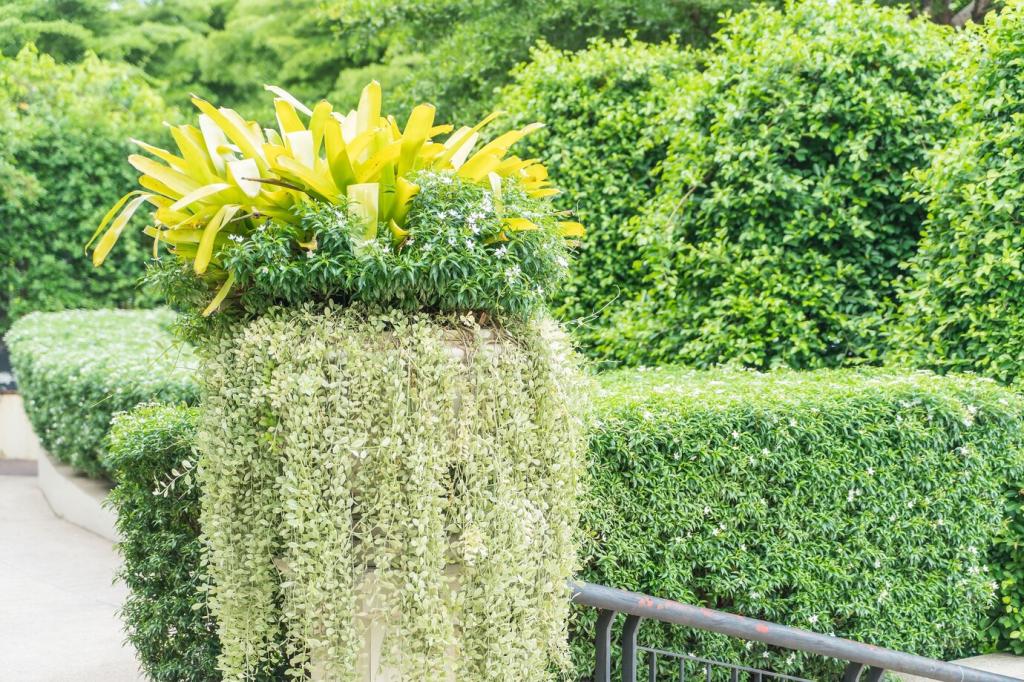
Moisture, Aeration, and Temperature Control
Target a wrung‑out sponge feel. Grab a handful and squeeze: a couple drops indicate good moisture. If water streams out, add browns and turn. If it crumbles, lightly water while mixing. Moisture consistency matters more than occasional peaks or dips.
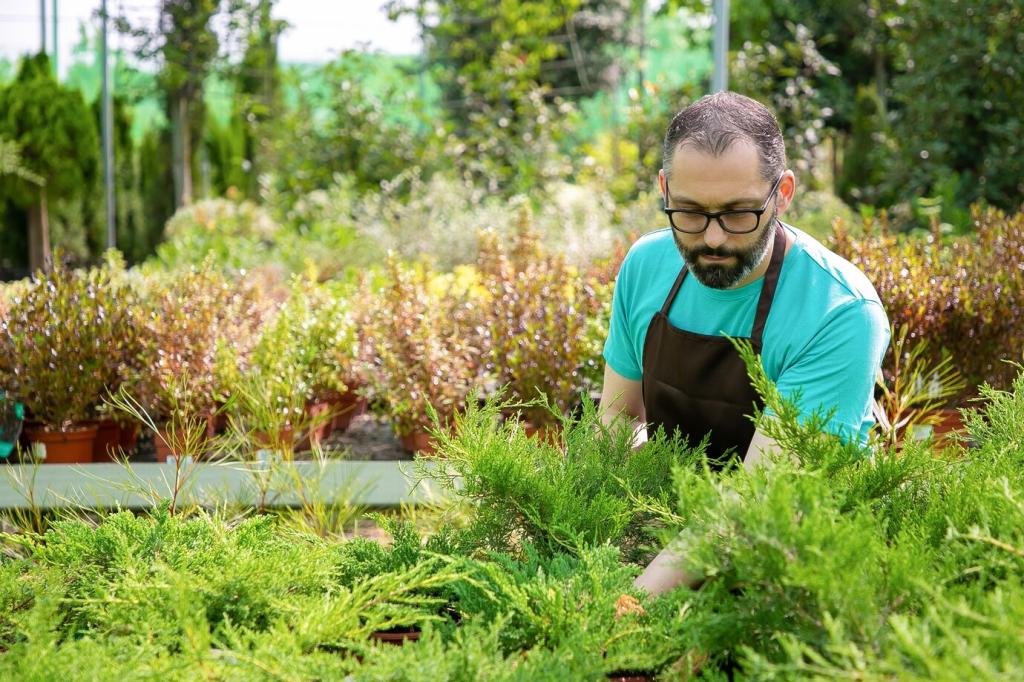
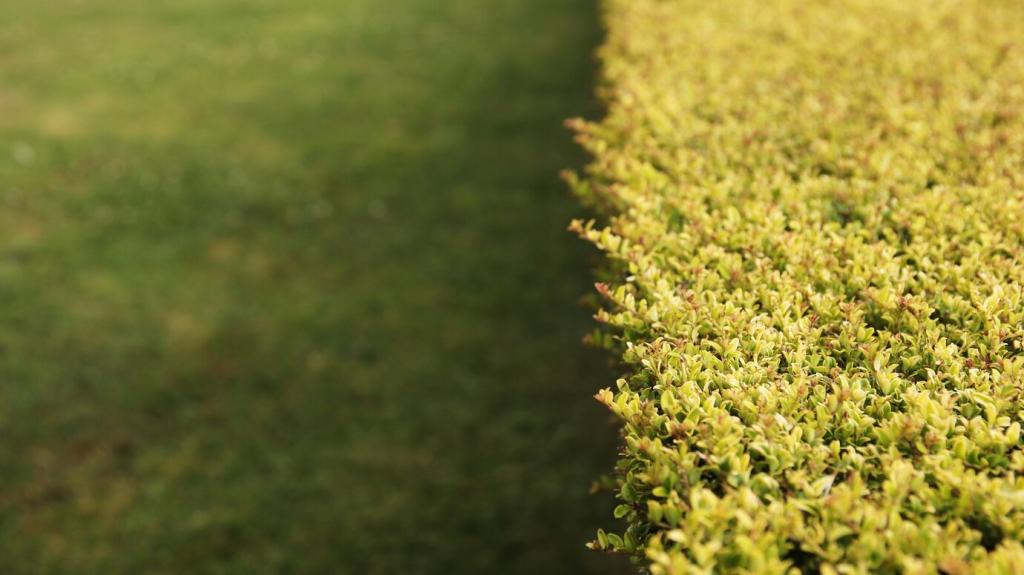
Moisture, Aeration, and Temperature Control
Turning restores oxygen and evens moisture. In active phases, turn weekly; later, every two to three weeks. Note odors, temperature changes, and texture while turning. Build a quick checklist so any crew member can diagnose and correct issues right on site.
Contamination, Odor, and Pest Management
Set a sorting station where material enters the site. Remove plastics, twine, and diseased or seed‑heavy weeds. Shred woody material to consistent sizes. A clean input stream saves hours of sifting later and ensures your compost is safe for ornamental beds and turf.
Contamination, Odor, and Pest Management
Most smells signal too many greens or poor airflow. Blanket fresh loads with a carbon cap of shredded leaves or chips. Turn and fluff compacted zones. If rain soaked the pile, add dry browns, then blend thoroughly. Odor control is balance, not perfume.
Contamination, Odor, and Pest Management
Use enclosed bins or wire mesh bases where rodents are persistent. Avoid food scraps in professional setups. Maintain tidy edges, promptly cover fresh greens, and eliminate dense, untouched corners. Good housekeeping and airflow deny pests the cozy conditions they prefer.
Screen finished compost and topdress at 0.25–0.5 inches, then rake or brush in. Expect improved color, fewer dry spots, and better resilience during heat. Pair with core aeration for compacted lawns, and document results to show clients visible gains within weeks.
Applying Finished Compost in the Landscape
Blend compost with wood chips for a living mulch that feeds soil while suppressing weeds. For beds, incorporate two to three inches before planting to boost structure and nutrient holding. Always test salinity when using compost heavy in grass clippings or manures.
Applying Finished Compost in the Landscape
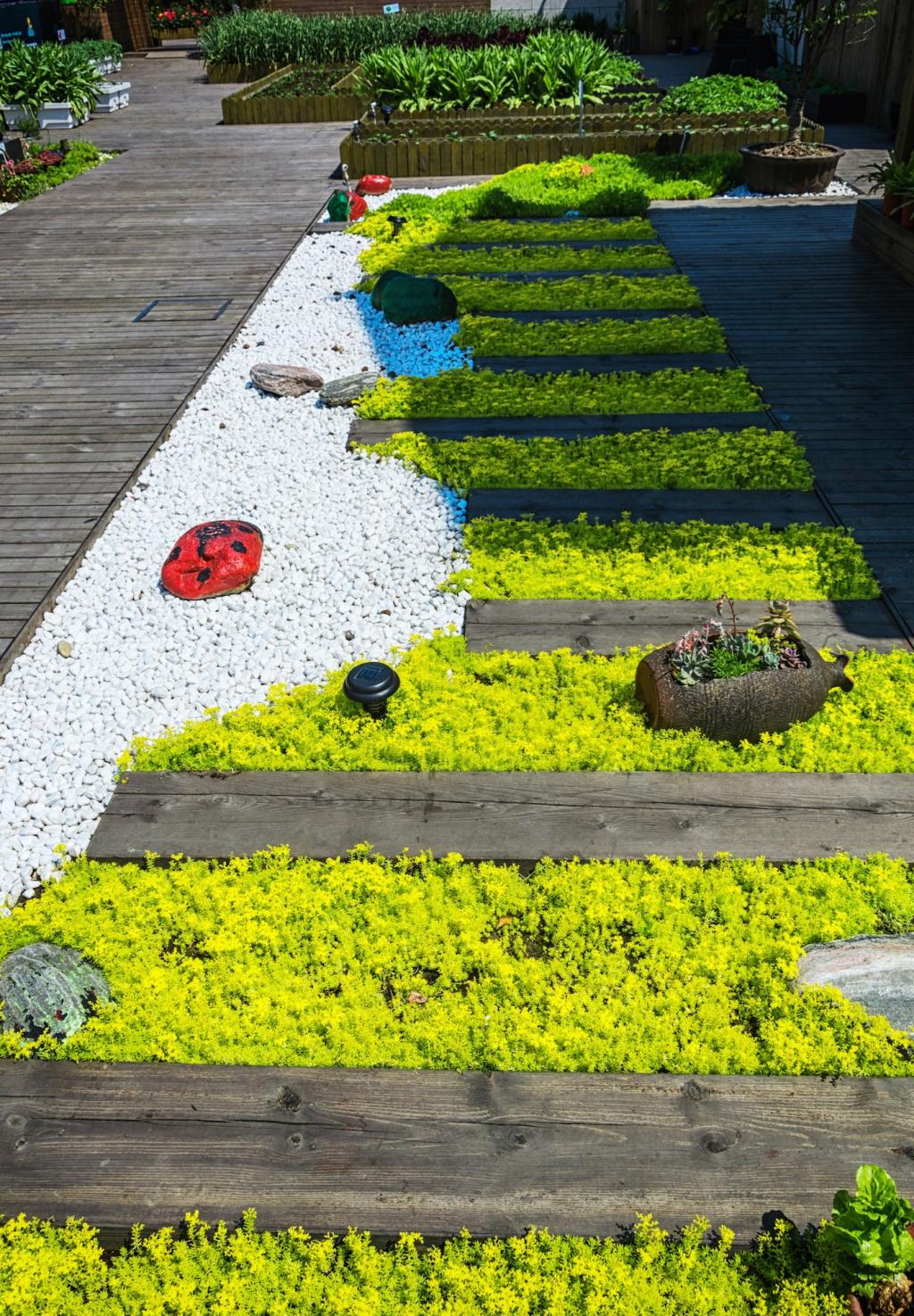
A HOA Meadow That Thrived
One crew diverted leaves on‑site, windrowed them with grass, and topdressed a struggling meadow. Within one season, infiltration improved, weeds dropped, and blooms doubled. Residents asked for tours, and the HOA renewed the contract early based on visible, rooted results.
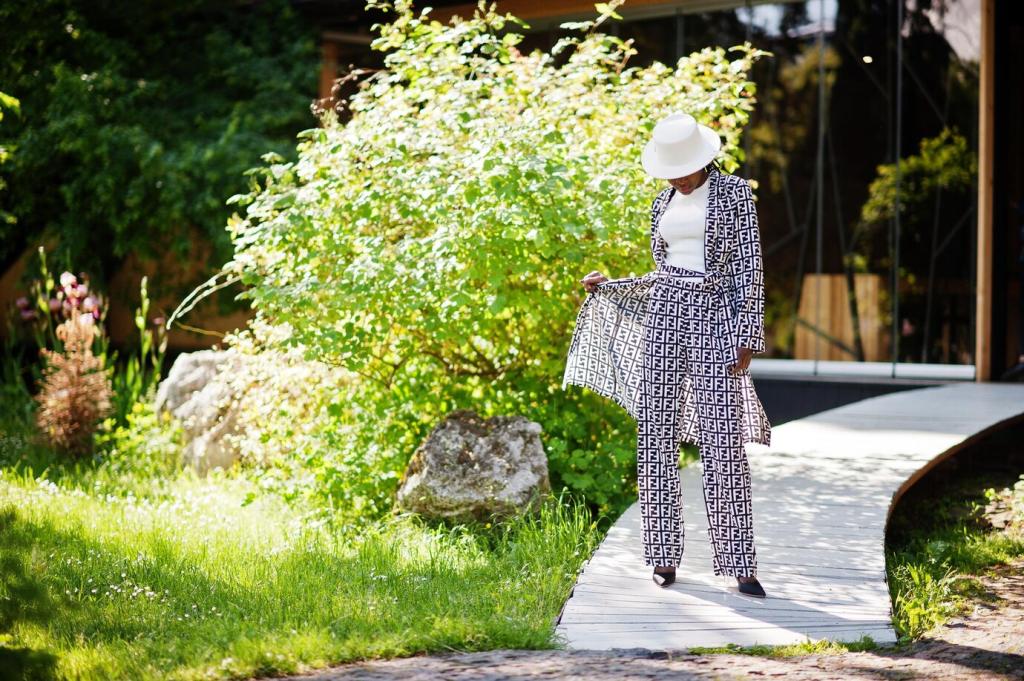
From Dumpster to Dark Gold
A small courtyard property swapped weekly green‑waste hauling for two tumblers and labeled bins. Crews learned recipes, tracked temperatures, and screened compost into planters. Plants perked up, water use fell, and the property manager highlighted the story in their sustainability report.
